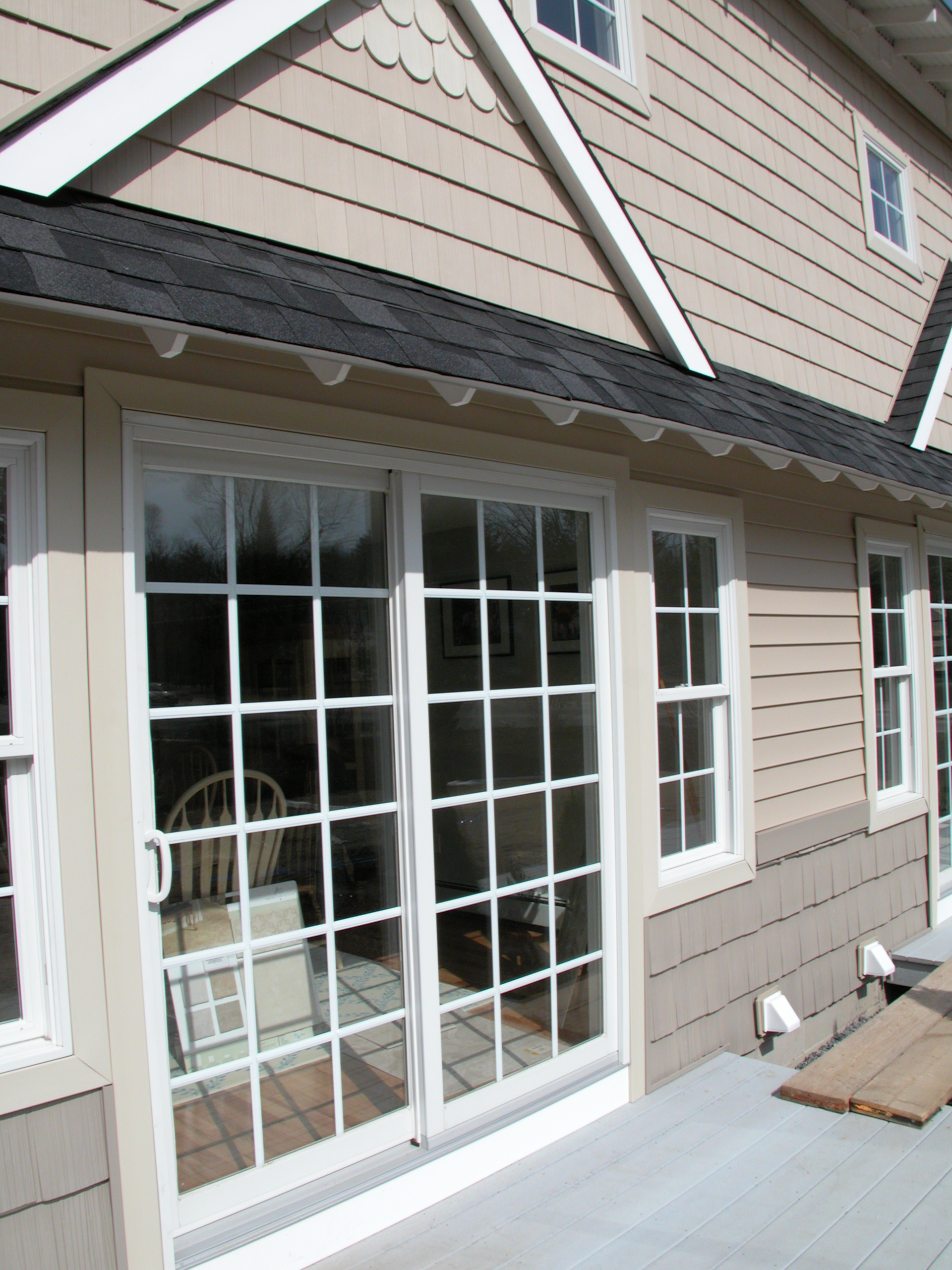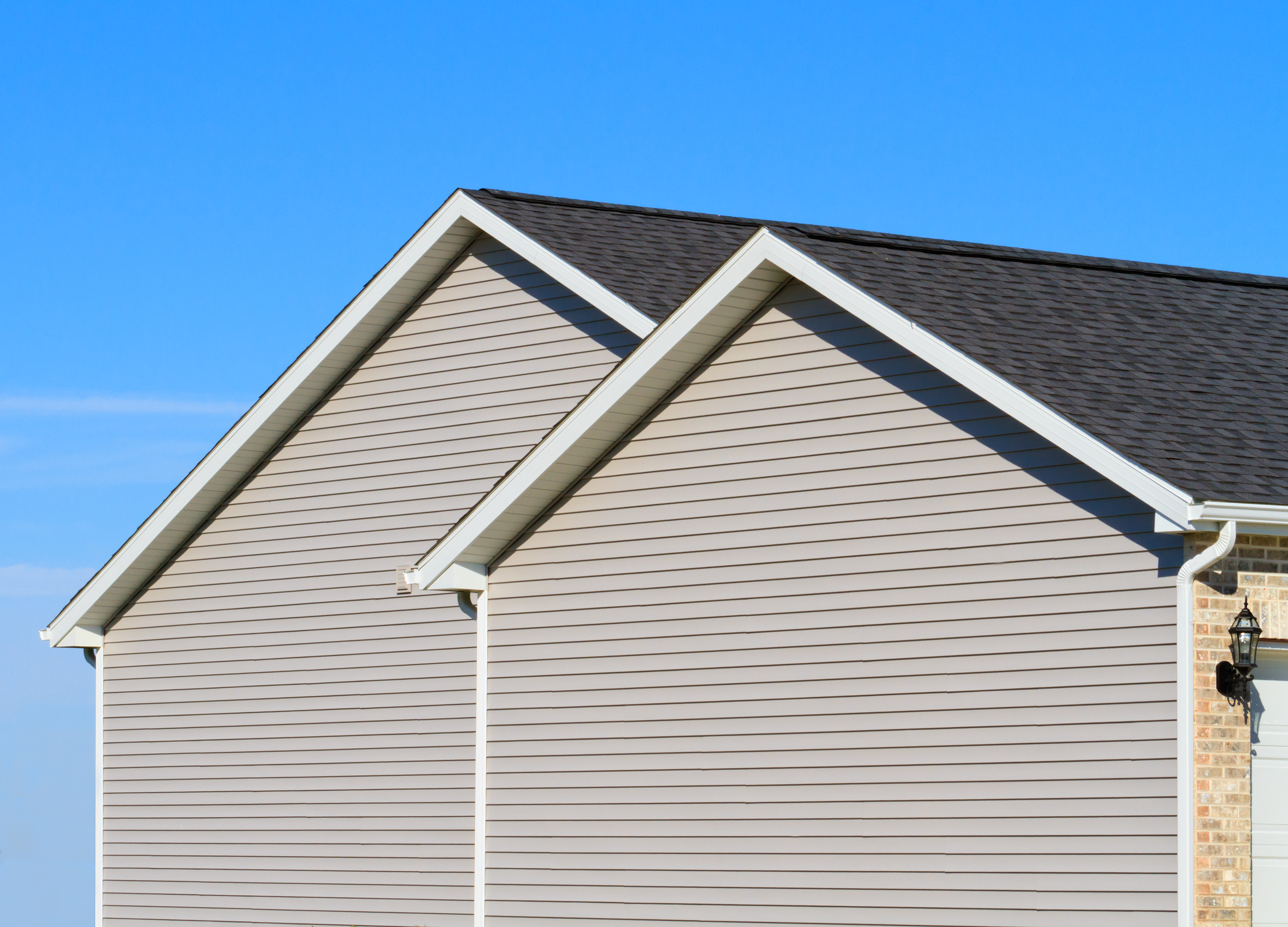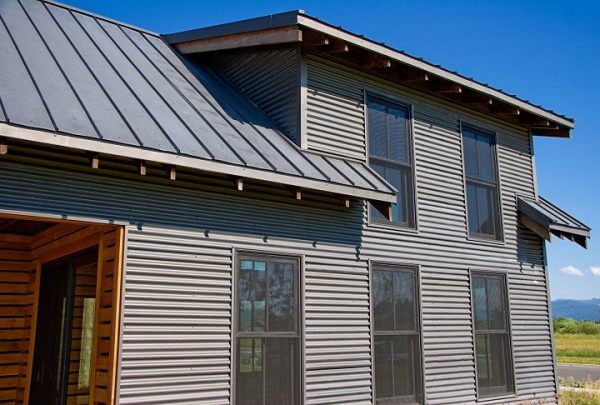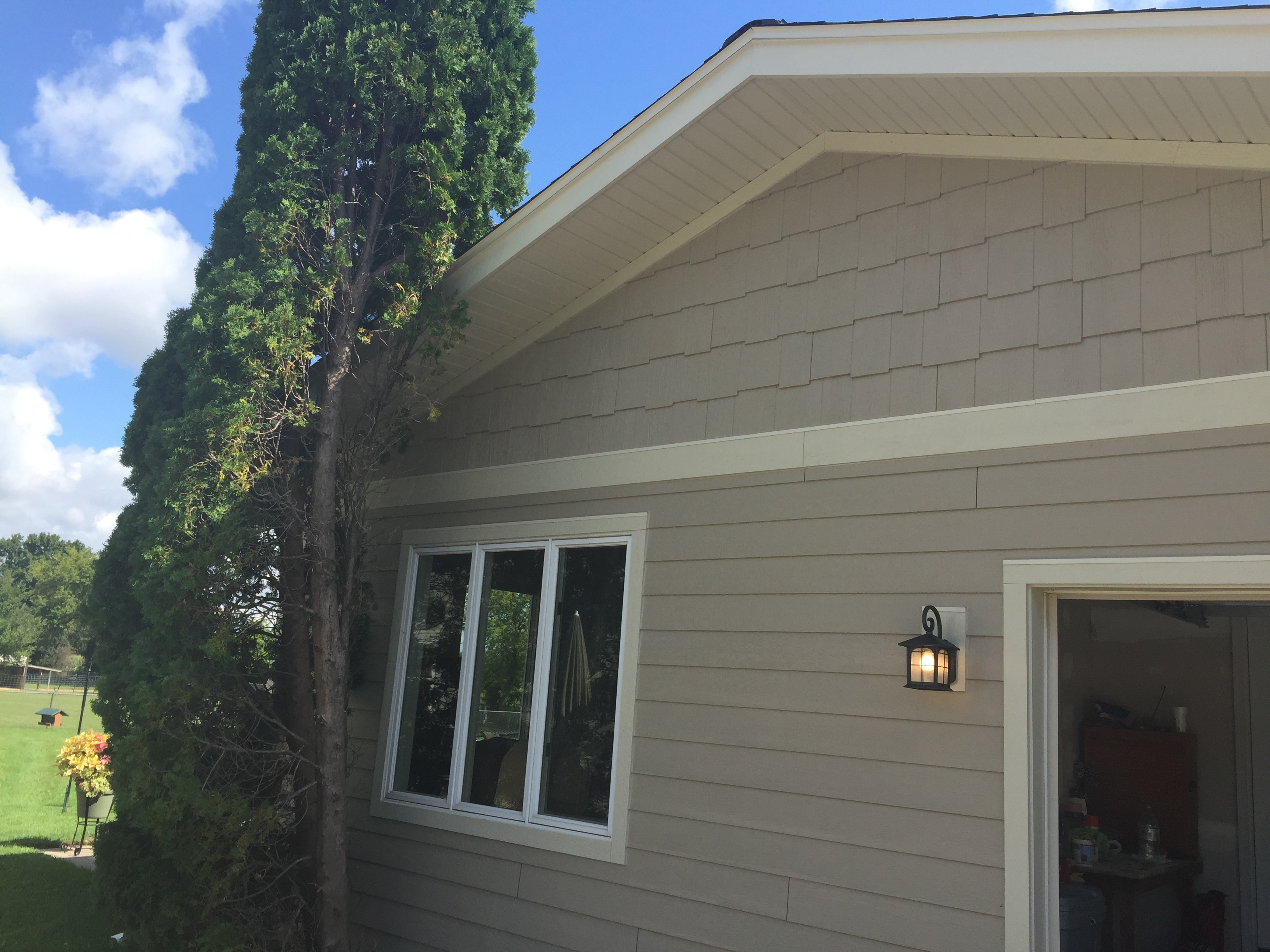Siding may be a big-ticket project, but it is necessary to maintain the longevity and beauty of your home. A new, quality siding can completely transform your home’s look, adding to its value and curb appeal, and provide a fresh change for you as a homeowner.
Not only is siding one of the first things about your home that people see, it is also the first line of defense against weathering and other impacts. The right siding can add more value and a beautiful look while simultaneously saving you money by protecting and insulating your home, thus lowering your maintenance and air conditioning bills.
There are many factors involved in choosing siding, such as appearance, cost, environmental friendliness, durability, lifespan, and ease of installation. Of these six factors, the three most important to consider our opinion, are appearance, cost, and durability. As a homeowner, you want to be sure that your siding gives you the look you want at the best price and can stand up to the weather in your area.
The most popular siding materials vary regionally due to predominant housing styles, local contractors, and typical climates. Though many types of siding are available everywhere, the most popular in Midwest residential buildings are wood, engineered wood, vinyl, metal, and cement fiber.
This article will weigh the pros and cons of the most popular siding options for Midwest homeowners like you, to assist you in the process of choosing the right siding for your home.
Wood Siding
Wood siding is one of the oldest types of siding and is most commonly made from pine, spruce, fir, cedar, or redwood. It can come in the form of planks, clapboards, shakes, and shingles, or just solid wood laid on your home.

Pros
The natural beauty of wood can’t be matched, boosting both the value and the aesthetics of your home. Wood is easy to shape to your house and install, and it can last for the life of your home, so long as it receives continual maintenance. Wood is also a very environmentally smart choice because it is made naturally and leaves very little carbon impact.
Cons
The use of wood siding is declining steadily for a number of reasons. It is the most expensive of these five options, at an average of $5–9 per square foot, and the frequent maintenance that it requires adds to its cost. Regular painting, caulking, damage repairs, and occasional replacements are necessary to maintain wood quality. Wood is also flammable and prone to damage by rot, birds, insects, warping, splitting, and weathering.
Vinyl Siding
Vinyl is the most popular siding in the US because of its versatility and low cost. Most residential homes carry this hard plastic-like material, and from afar, it can easily be mistaken for real wood.

Pros
Vinyl siding is the least expensive option, selling at an average price of $2–4 per square foot. The material is lightweight and the installation process is quick and easy, further reducing the price because of the low labor costs. It is versatile, with countless color and style choices, and upgrades and new choices are frequently introduced. The material is moderate in lifespan but requires little maintenance. Because the entire panel is the same color and material, nicks and scratches don’t show as easily as on other sidings, and it will never need painting.
Cons
Vinyl doesn’t have quite the same beautiful look that more expensive sidings do. Though some homeowners claim it can look just as appealing as wood or stone, most recognize that vinyl will never exactly match up to them. Vinyl can also fade over time or crack or dent from impact or extreme cold, especially if the siding is not installed properly or is a lower-quality brand. Nor is vinyl a very “green” product, because the polyvinyl chloride in it can sit in landfills for decades. (Note, however, that some vinyl manufacturers recycle their products, so this problem can be minimized.)
Metal Siding
Metal siding is primarily made from steel or aluminum. Each of the two metals has its benefits and drawbacks, but both are decreasing in popularity for residential homes. Aluminum is the cheaper option, with an average cost of about $3–8 per square foot. Steel averages about $5–8 per square foot.

Pros
Metal siding is strong and has a very long lifespan. The material is practically maintenance-free and is very durable against weather, moisture, mold, and insects. It is an environmentally friendly choice because the materials are most often made from recycled metals and can be recycled again.
Cons
Metal is another siding material that lacks the aesthetics a homeowner is typically looking for. Aluminum offers no room for trim details and doesn’t hold color well. Steel doesn’t have those problems, but it is susceptible to rust. Steel is also heavy and expensive to buy and install, and the installation process is time-consuming. The initial installation of aluminum isn’t as expensive or time-consuming, . Both metals are also prone to denting and noise due to rain and hail.
Fiber Cement Siding
Fiber cement is a newer form of siding made from a mixture of cement, sand, and cellulose that is cured using pressurized steam. The product is steadily rising in popularity, but its newness makes it difficult to determine its long-term benefits and drawbacks.

Pros
Fiber cement comes in an array of beautiful textures and styles and can be intricately designed, including to emulate a natural wood grain or stucco. Fiber cement comes with a factory finish on the paint, which adds to the quality and allows the siding to come in any color. It is virtually maintenance-free and nonflammable, and it is more durable than wood because it is resistant to rot, insects, water, changes in humidity, and temperature. Fiber cement is midrange fee at an average of $4–6 per square foot and has a long lifespan of around fifty years.
Cons
Because fiber cement is so new, it is hard to determine how it will compare to other sidings over the long term. This siding is very heavy and difficult to install, so installation is lengthy and costly. The material is brittle, leaving very little room for installation error, which makes it more likely to need repairs in the future. Fiber cement has shown problems with moisture, so it isn’t good for homes in humid areas, and water can damage it in freezing temperatures unless it is diligently repainted.
Engineered Wood Siding
Engineered wood is a relatively new product that combines the attractive look of wood with the low cost of vinyl and low upkeep of metal or fiber cement. This siding is made of wood fibers and resins that are treated with heat and steam and pressed into panels.

Pros
Engineered wood is the most economical choice for siding material, averaging $2–4 per square foot, and it is lightweight and easy to install. Engineered wood is very durable, with the ability to stand up to extreme weather, insects, mold, and impact and a lifespan of around thirty years. The process by which the wood is created makes it more stable and less resistant to warping and damage than natural wood. The material is beautiful, with the look of smooth and perfected wood, and it is available in an array of styles and textures. Engineered wood also comes prefinished, which allows for any color of paint and ensures a higher quality than those without a factory-quality finish. It is also eco-friendly, as it is not processed with harmful chemicals and is made from recycled wood.
Cons
Some people find the look of engineered wood to be “too perfect” because they prefer the authentic imperfections of natural wood. The earliest versions of engineered wood saw some problems with moisture, but manufacturers have since addressed these concerns and now provide protective warranties with engineered wood products.
Our Recommendation
Whichever siding you choose, Big Fish Contracting recommends you go to a certified contractor for your siding because you will receive high-quality installation, and certified contractors will use the most well-made brands of siding materials.
For siding material, Big Fish recommends engineered wood. Our preferred brand is LP SmartSide, which is locally manufactured in Tomahawk, Wisconsin. LP also makes trim, so choosing this brand allows for the entire exterior of the home to match the siding.
We believe LP SmartSide is the best brand of engineered wood available, and that’s why Big Fish Contracting is a platinum remodeler with LP SmartSide.
For more information or assistance in deciding what siding is best for your home, email erik@bigfishcontracting.com or call 262-470-1114.








